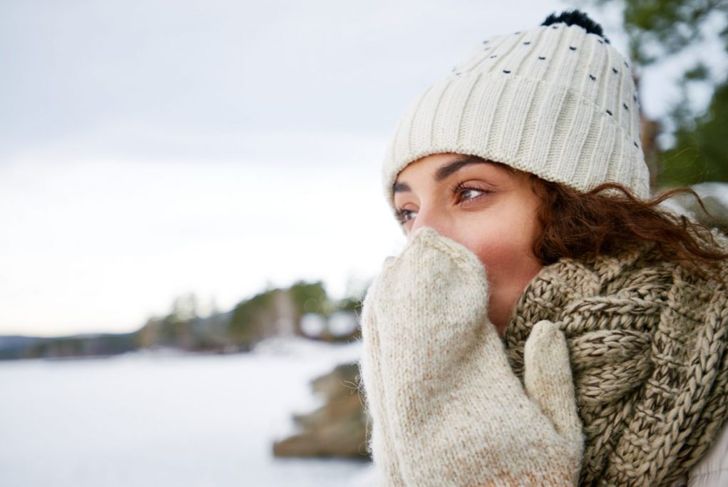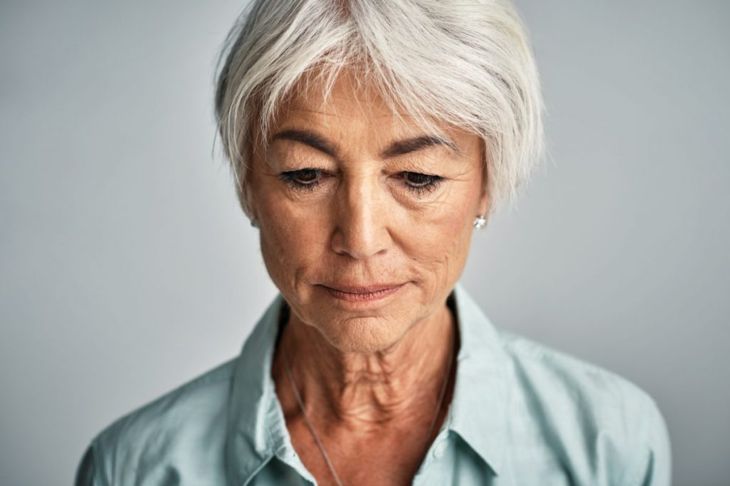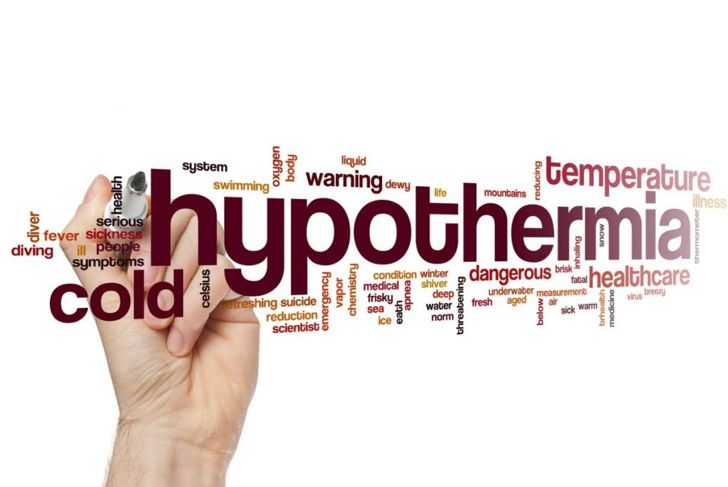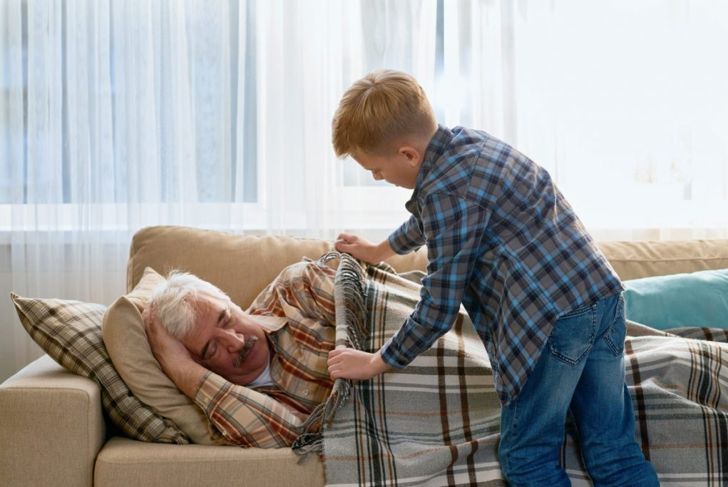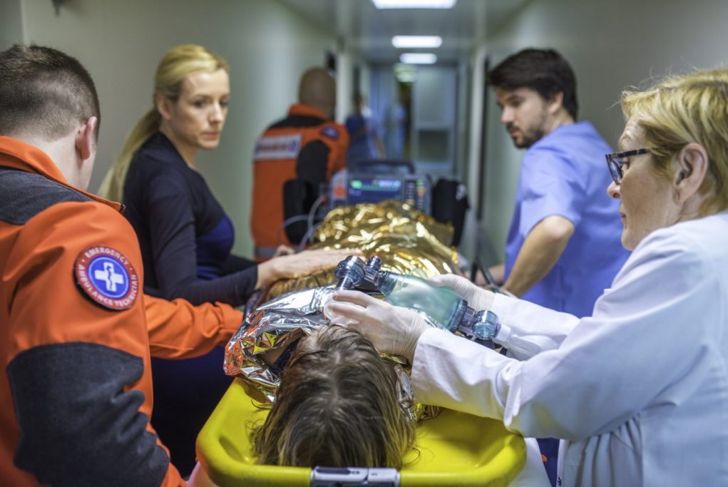Hypothermia occurs when the body releases more heat than it is absorbing, causing body temperature to drop to dangerously low levels. Normal human body temperature is between 97.7 and 99.5 degrees Fahrenheit. A person with hypothermia has a core temperature of 95 degrees Fahrenheit or less, and the condition can be fatal if the temperature drops below 85 degrees. The condition can be caused by exposure in cold temperatures, or develop due to low blood sugar, extreme alcohol consumption, or anorexia, all of which can cause the body to decrease its heat production. Understanding the symptoms and treatments for hypothermia can save lives.
Symptom: Shivering
One of the most obvious symptoms of hypothermia is violent shivering. Shivering is the body’s way of generating more heat. This process can also cause one to become clumsy and uncoordinated, perhaps missing steps or swaying from side to side. As the body decreases blood flow to the extremities to refocus it on the vital organs, the lips, ears, fingers, and toes may appear blue.
Symptom: Difficult-to-understand speech
Another symptom of hypothermia is slurred speech or speech that is difficult to understand. The person may appear focused and alert despite mumbling and stumbling over their words. Even in mild cases, the person my have difficulty answering basic questions.
Symptom: Weak pulse
In severe cases of hypothermia, the heart rate, respiratory rate, and blood pressure all decrease, as evidenced by a weak pulse. In extreme hypothermia, the exposed parts of the body — not just the lips and ears — appear blue and puffy. Such instances require immediate medical attention.
Symptom: Drowsiness
As the body diverts blood away from the brain to help preserve the heart, liver, and kidneys, a person with hypothermia will feel increasingly drowsy. In extreme situations, hypothermia will cause a person to curl up in a ball and “hide” in a corner or other tight space to help preserve the body’s dwindling heat reserves.
Symptom: Confusion or memory loss
Confusion is yet another symptom of blood being diverted from the brain to other locations the body deems more vital. In addition to a lack of comprehension, a person with hypothermia may experience amnesia and memory loss. As the condition progresses, the brain grows increasingly foggy and be unable to communicate effectively.
Treatment: Stabilize the situation
The first step to take when treating hypothermia is to stabilize the situation. If you believe someone has hypothermia, remove the source of the problem by bringing them inside from the cold. Remove any wet clothes and monitor their breathing. Call 9-1-1 if the situation doesn’t improve quickly, or if the cause of the hypothermia is less apparent.
Treatment: Cover with blankets and apply warm, dry compresses
While you want to increase the core temperature of the person suffering from hypothermia, you don’t want to apply direct heat with a heating pad or hot bath; this can damage the skin and even cause heart arrhythmia. It is best to use blankets or warm, dry compresses to gradually increase body temperature.
Treatment: Medical rewarming
In extreme cases of hypothermia, warming a person with blankets, warm fluids and/or warm compresses takes too long. In these situations, emergency medical personnel and undertake medical rewarming, which involves administering a warm saline solution via IV or using a hemodialysis machine to circulate re-warmed blood in the body.
Treatment: Warm fluids
In less severe situations, passive re-warming through oral ingestion of warm liquids will help move the core body temperature back to the normal range. This can also alleviate the common side effect of dehydration. Offer warm fluids, such as herbal tea or hot apple cider. Avoid alcohol or caffeinated drinks; not only do such beverages have unwanted mental effects, but they can also exacerbate dehydration.
Preventing hypothermia
According to the Center for Disease Control, more than 7,000 people die from hypothermia annually. The most vulnerable are the very old and the very young. To avoid hypothermia, always dress in layers when going out in the cold. In addition, make sure to stay hydrated and be alert to the first signs of hypothermia; once confusion sets in, self-diagnosis of the condition becomes increasingly difficult.

 Home
Home Health
Health Diet & Nutrition
Diet & Nutrition Living Well
Living Well More
More
